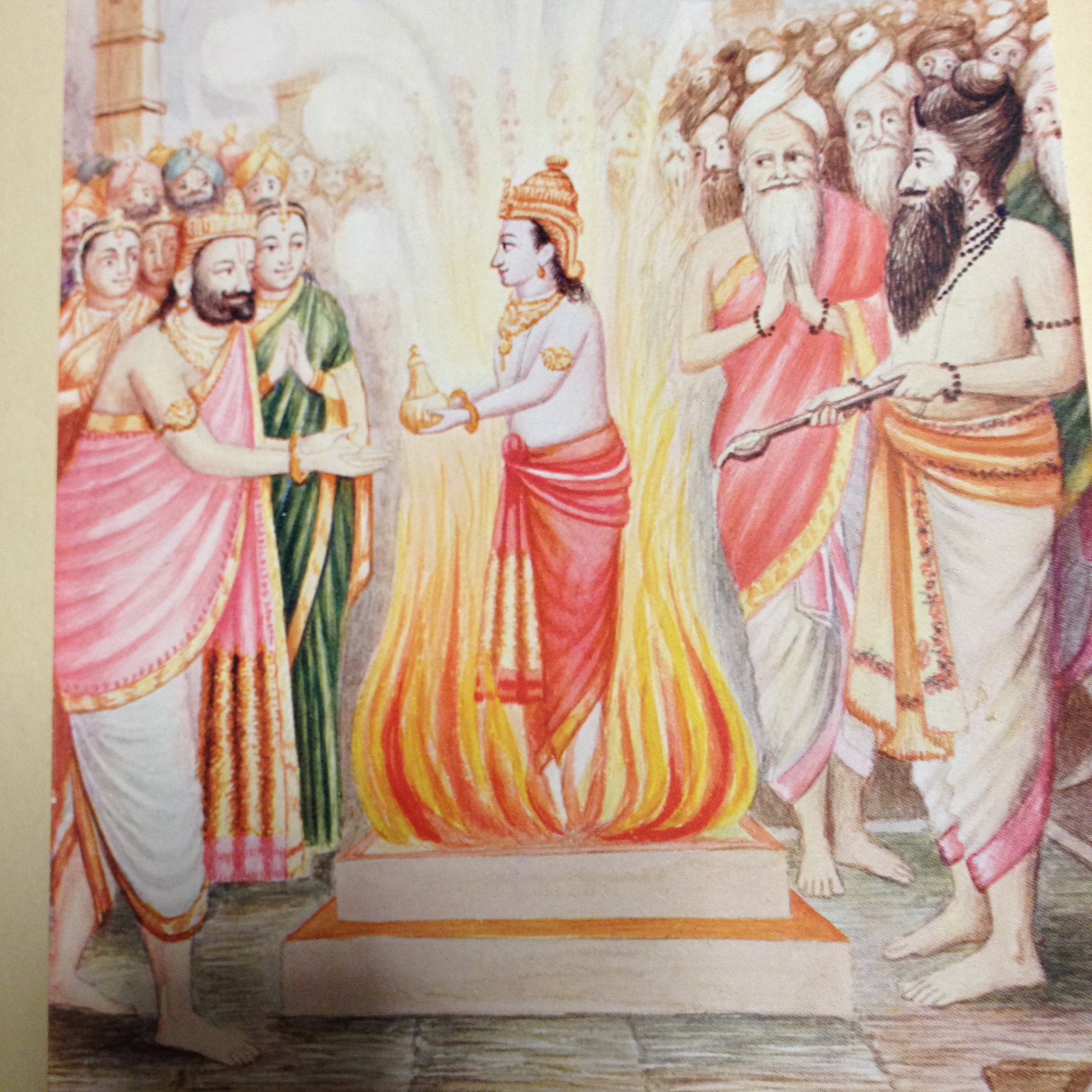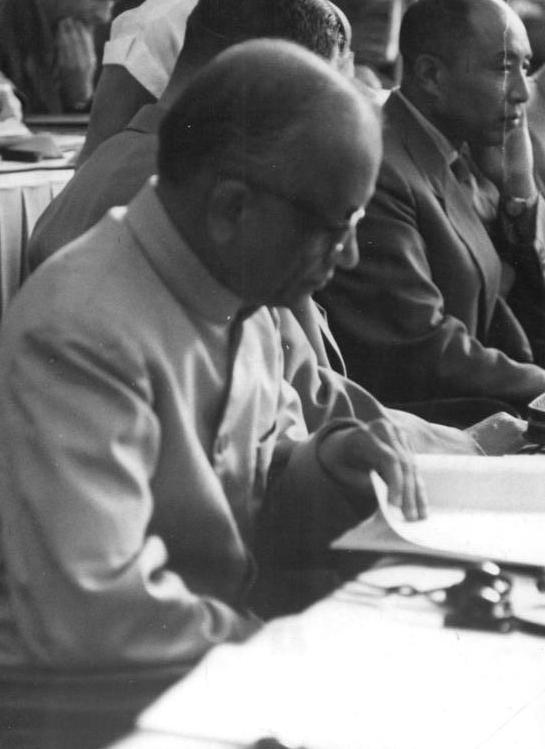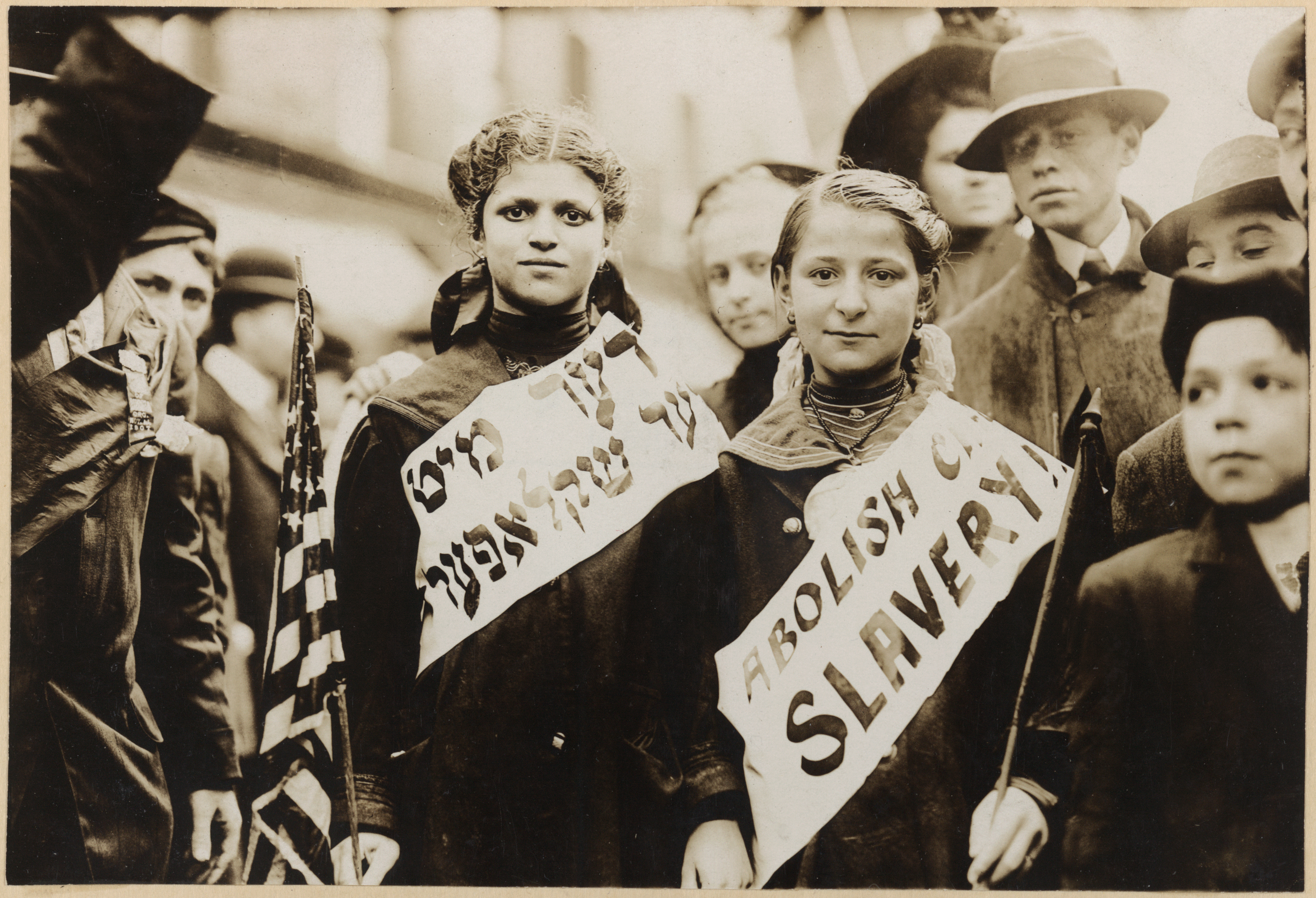|
Govind Pansare
Govind Pansare (26 November 1933 – 20 February 2015) was a left-wing Indian politician of the Communist Party of India (CPI). He was also the author of the best selling Marathi language biography of 17th century ruler Shivaji, ''Shivaji Kon Hota'' (Marathi: ', literally ''Who was Shivaji?''). He and his wife were attacked on 16 February 2015 by gun-wielding assailants in Kolhapur district. He died from his wounds on 20 February, 2015. Life Early life Govind Pandharinath Pansare was born on 26 November 1933 in Kolhar village, Shrirampur taluka, Ahmednagar district, Maharashtra. He was the youngest of five siblings. His mother, Harnabai, was a farmhand and his father Pandharinath worked odd jobs. They lost their land to the moneylenders and they lived in poverty. Education and politics Pansare joined the local branch of Rashtra Seva Dal, a local socialist group founded by Sane Guruji. A member of the organisation, Govind Patki, helped Pansare get admission to a high school in R ... [...More Info...] [...Related Items...] OR: [Wikipedia] [Google] [Baidu] |
Shrirampur Taluka
Shrirampur taluka, is a taluka in Shrirampur subdivision of Ahmednagar district in Maharashtra State of India. Area The table below shows area of the taluka by land type. Villages There are around 54 villages in Shrirampur taluka. ''For list of villages see Villages in Shrirampur taluka''. Belapur is one of the important place and developed village in taluka. Population The table below shows population of the taluka by sex. The data is as per 2001 census. Rain Fall The Table below details of rainfall from year 1981 to 2004. Best places to visit in ukkalgaon/h1>See also * Shrirampur * Talukas in Ahmednagar district * Villages in Shrirampur taluka There are around 54 villages in Shrirampur taluka of Ahmednagar district of state of Maharashtra. Following is the list of village in Shrirampur taluka. A * Aklahre * Ashoknagar B * Belapur Bk : * Belapur Kh * Bhamathan * Bherdapur - * Bhok ... References {{Ahmednagar district topics Talukas in Maharashtra Cities ... [...More Info...] [...Related Items...] OR: [Wikipedia] [Google] [Baidu] |
Kolhapur
Kolhapur () is a city on the banks of the Panchganga River in the southern part of the Indian state of Maharashtra. It is the administrative headquarter of the Kolhapur district. In, around 2 C.E. Kolapur's name was 'Kuntal'. Kolhapur is known as ''`Dakshin Kashi''' or Kashi of the South because of its spiritual history and the antiquity of its shrine Mahalaxmi, better known as Ambabai. The region is known for the production of the famous hand-crafted and braided leather slippers called Kolhapuri chappal, which received the Geographical Indication designation in 2019. In Hindu mythology, the city is referred to as "''Karvir''." Before India became independent in 1947, Kolhapur was a princely state under the Bhosale Chhatrapati of the Maratha Empire. It is an important center for the Marathi film industry. Etymology Kolhapur is named after Kolhasur, a demon in Hindu History. According to History, the demon Kolhasur renounced asceticism after his sons were killed by God f ... [...More Info...] [...Related Items...] OR: [Wikipedia] [Google] [Baidu] |
Narendra Dabholkar
Narendra Achyut Dabholkar (1 November 1945 – 20 August 2013) was an Indian physician, social activist, rationalist and author from Maharashtra, India. In 1989 he founded and became president of the Maharashtra Andhashraddha Nirmoolan Samiti (MANS, ''Committee for Eradication of Superstition in Maharashtra''). Triggered by his assassination on 20 August 2013, the pending Anti-Superstition and Black Magic Ordinance was promulgated in the state of Maharashtra, four days later. In 2014, he was posthumously awarded the Padma Shri for social work. Personal life Dabholkar was born on 1 November 1945 to Achyut and Tarabai, being the youngest of ten children. His elder siblings included the educationalist, and socialist Devdatta Dabholkar and Shripad Dabholkar. He is the uncle of Atish Dabholkar. Narendra did his schooling at New English School Satara and Willingdon College, Sangli. He was a qualified medical doctor, having obtained an MBBS degree from the Government Medical Col ... [...More Info...] [...Related Items...] OR: [Wikipedia] [Google] [Baidu] |
Gandhi
Mohandas Karamchand Gandhi (; ; 2 October 1869 – 30 January 1948), popularly known as Mahatma Gandhi, was an Indian lawyer, anti-colonial nationalist Quote: "... marks Gandhi as a hybrid cosmopolitan figure who transformed ... anti-colonial nationalist politics in the twentieth-century in ways that neither indigenous nor westernized Indian nationalists could." and political ethicist Quote: "Gandhi staked his reputation as an original political thinker on this specific issue. Hitherto, violence had been used in the name of political rights, such as in street riots, regicide, or armed revolutions. Gandhi believes there is a better way of securing political rights, that of nonviolence, and that this new way marks an advance in political ethics." who employed nonviolent resistance to lead the successful campaign for India's independence from British rule, and to later inspire movements for civil rights and freedom across the world. The honorific ''Mahātmā'' (Sanskrit ... [...More Info...] [...Related Items...] OR: [Wikipedia] [Google] [Baidu] |
Nathuram Godse
Nathuram Vinayak Godse (19 May 1910 – 15 November 1949) was the assassin of Mahatma Gandhi. He was a Hindu nationalist from Maharashtra who shot Gandhi in the chest three times at point blank range at a multi-faith prayer meeting in Birla House in New Delhi on 30 January 1948. Quote: "The apotheosis of this contrast is the assassination of Gandhi in 1948 by a militant Nathuram Godse, on the basis of his 'weak' accommodationist approach towards the new state of Pakistan." (p. 544) Godse was a member of the political party, the Hindu Mahasabha; and a member of the Rashtriya Swayamsevak Sangh (RSS), a right-wing Hindu paramilitary volunteer organization; and a popularizer of the work of his mentor Vinayak Damodar Savarkar, who had created the ideology of Hindutva and ridiculed the philosophy of non-violence more than two decades earlier. Godse believed Gandhi to have favoured the political demands of British India's Muslims during the partition of India of 1947. Quote: "The a ... [...More Info...] [...Related Items...] OR: [Wikipedia] [Google] [Baidu] |
Toll Tax
A toll road, also known as a turnpike or tollway, is a public or private road (almost always a controlled-access highway in the present day) for which a fee (or ''Toll (fee), toll'') is assessed for passage. It is a form of road pricing typically implemented to help recoup the costs of road construction and Road maintenance, maintenance. Toll roads have existed in some form since Classical antiquity, antiquity, with tolls levied on passing travelers on foot, wagon, or horseback; a practice that continued with the automobile, and many modern tollways charge fees for motor vehicles exclusively. The amount of the toll usually varies by vehicle type, weight, or number of axles, with freight trucks often charged higher rates than cars. Tolls are often collected at toll plazas, toll booths, toll houses, toll stations, toll bars, toll barriers, or toll gates. Some toll collection points are automatic, and the user deposits money in a machine which opens the gate once the correct toll ha ... [...More Info...] [...Related Items...] OR: [Wikipedia] [Google] [Baidu] |
Yajna
Yajna ( sa, यज्ञ, yajña, translit-std=IAST, sacrifice, devotion, worship, offering) refers in Hinduism to any ritual done in front of a sacred fire, often with mantras.SG Nigal (1986), Axiological Approach to the Vedas, Northern Book, , pages 80–81 Yajna has been a Vedic tradition, described in a layer of Vedic literature called Brahmanas, as well as Yajurveda. The tradition has evolved from offering oblations and libations into sacred fire to symbolic offerings in the presence of sacred fire (Agni). Yajna rituals-related texts have been called the ''Karma-kanda'' (ritual works) portion of the Vedic literature, in contrast to ''Jnana-kanda'' (knowledge) portion contained in the Vedic Upanishads. The proper completion of Yajna-like rituals was the focus of Mimansa school of Hindu philosophy. Yajna have continued to play a central role in a Hindu's rites of passage, such as weddings. Modern major Hindu temple ceremonies, Hindu community celebrations, or monastic ini ... [...More Info...] [...Related Items...] OR: [Wikipedia] [Google] [Baidu] |
Putrakameshti
Putrakameshti () is a special yajna performed in Hinduism for the sake of bearing children. It is classified under a series of rituals called the kamya-karma. Literature In the ancient Indian epic Ramayana, upon the recommendation of Sage Vashishta, King Dasharatha of Ayodhya performed the Putrakameshti Yajna under the supervision of Rishyashringa, an expert in Yajurveda, which has the guidelines for this yajna. After its successful completion, the god of fire, Agni, appeared and gave a bowl of payasam to the King of Ayodhya, which was provided to his three queens in order to promulgate his sons Rama, Lakshmana, Bharata, and Shatrughna ''Shatrughna'' ( sa, text=शत्रुघ्न, translit=śatrughna, lit=killer of enemies) is a prince of Ayodhya, King of Madhupura and Vidisha, and a brother of Prince Rama in the Hindu epic ''Ramayana''. He is also known as ''Ripudaman' .... Reference External links ''Guide to Putrakameshti Homam'' Yajna {{Hindu-my ... [...More Info...] [...Related Items...] OR: [Wikipedia] [Google] [Baidu] |
Inter-caste Marriage
Intercaste marriage (ICM), also known as marrying out of caste, is a form of exogamous nuptial union that involve two individuals belonging to different castes. Intercaste marriages are particularly perceived as socially unacceptable and taboo in most parts of South Asia. By region 5.8% of marriages in India is Intercaste marriage. Nepal Nepal has many castes and inter-caste marriage is generally considered taboo. However, this kind of marriage has been gradually gaining acceptance. In 1854, the Government of Nepal passed the "Muluki Ain" commissioned by Jung Bahadur Rana. This law outlawed marriage between people of a lower caste with those of a higher caste. In 1963, King Mahendra modified the law to abolish the "caste-based unequal citizenship". Since then, inter-caste marriage has been gradually gaining acceptance throughout Nepal. In 2009, the Government of Nepal announced that it would give a sum of रू100,000 Nepalese rupees (roughly US$1,350) away to couples who ha ... [...More Info...] [...Related Items...] OR: [Wikipedia] [Google] [Baidu] |
1964 Split In The Communist Party Of India
In 1964 a major split occurred in the Communist Party of India. The split was the culmination of decades of tensions and factional infighting. When India became independent in 1947, differences arose of how to adapt to the new situation. As relations between the Nehru government and the Soviet Union improved, a faction that sought cooperation with the dominant Indian National Congress emerged within CPI. This tendency was led by S.A. Dange, whose role in the party hierarchy became increasingly controversial. When the Sino-Indian War broke out in 1962 Dange's opponents within CPI were jailed, but when they were released they sought to challenge his leadership. In 1964 the party was finally divided into two, with the left faction forming the Communist Party of India (Marxist). The split had a lot of regional variations. It also impacted other organizations, such as trade union and peasant movements. The split has been studied extensively by scholars, who have sought to analyze the v ... [...More Info...] [...Related Items...] OR: [Wikipedia] [Google] [Baidu] |
Slum Dweller
A slum is a highly populated urban residential area consisting of densely packed housing units of weak build quality and often associated with poverty. The infrastructure in slums is often deteriorated or incomplete, and they are primarily inhabited by impoverished people.What are slums and why do they exist? UN-Habitat, Kenya (April 2007) Although slums are usually located in s, in some countries they can be located in s where housing quality is low and living conditions are poor. While slums differ in size a ... [...More Info...] [...Related Items...] OR: [Wikipedia] [Google] [Baidu] |
Labour Law
Labour laws (also known as labor laws or employment laws) are those that mediate the relationship between workers, employing entities, trade unions, and the government. Collective labour law relates to the tripartite relationship between employee, employer, and union. Individual labour law concerns employees' rights at work also through the contract for work. are social norms (in some cases also technical standards) for the minimum socially acceptable conditions under which employees or contractors are allowed to work. Government agencies (such as the former US Employment Standards Administration) enforclabour law(legislature, regulatory, or judicial). History Following the unification of the city-states in Assyria and Sumer by Sargon of Akkad into a single empire ruled from his home city circa 2334 BC, common Mesopotamian standards for length, area, volume, weight, and time used by artisan guilds in each city was promulgated by Naram-Sin of Akkad (c. 2254–2218 BC), Sargo ... [...More Info...] [...Related Items...] OR: [Wikipedia] [Google] [Baidu] |









